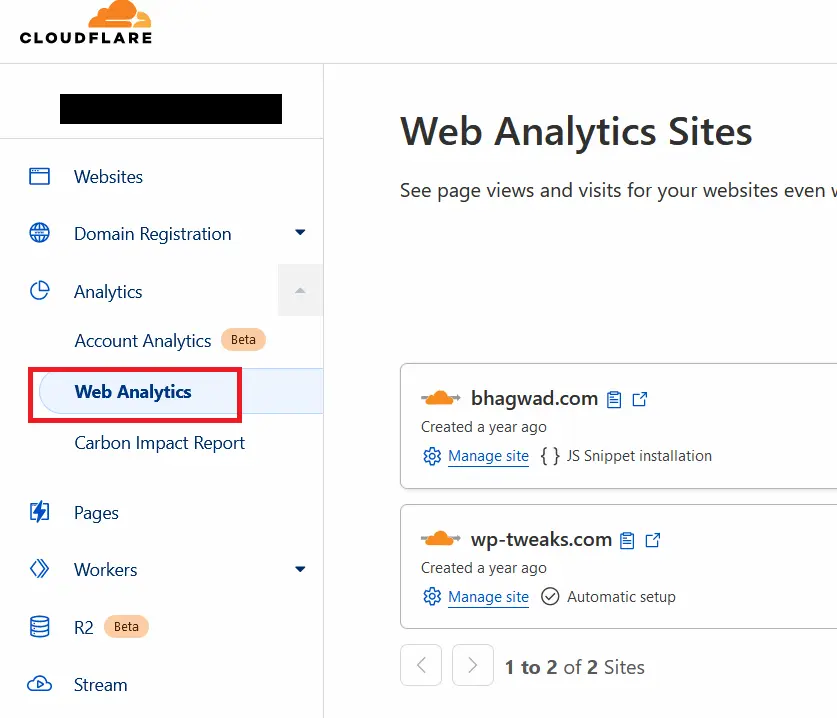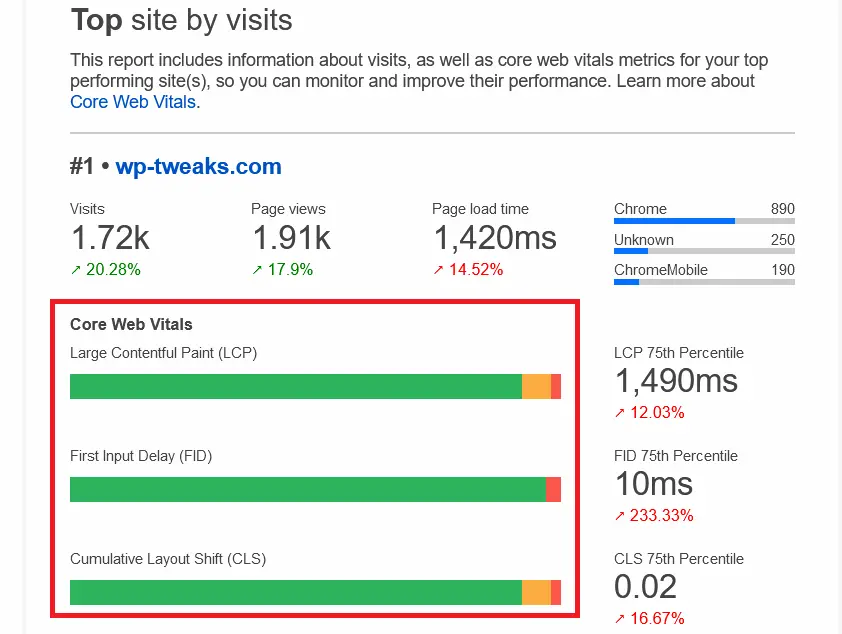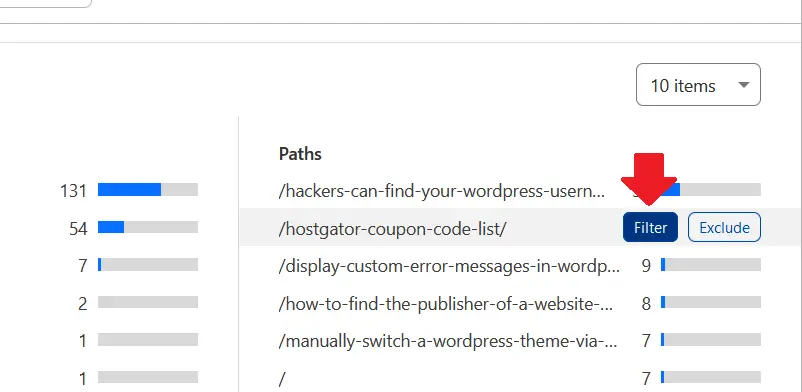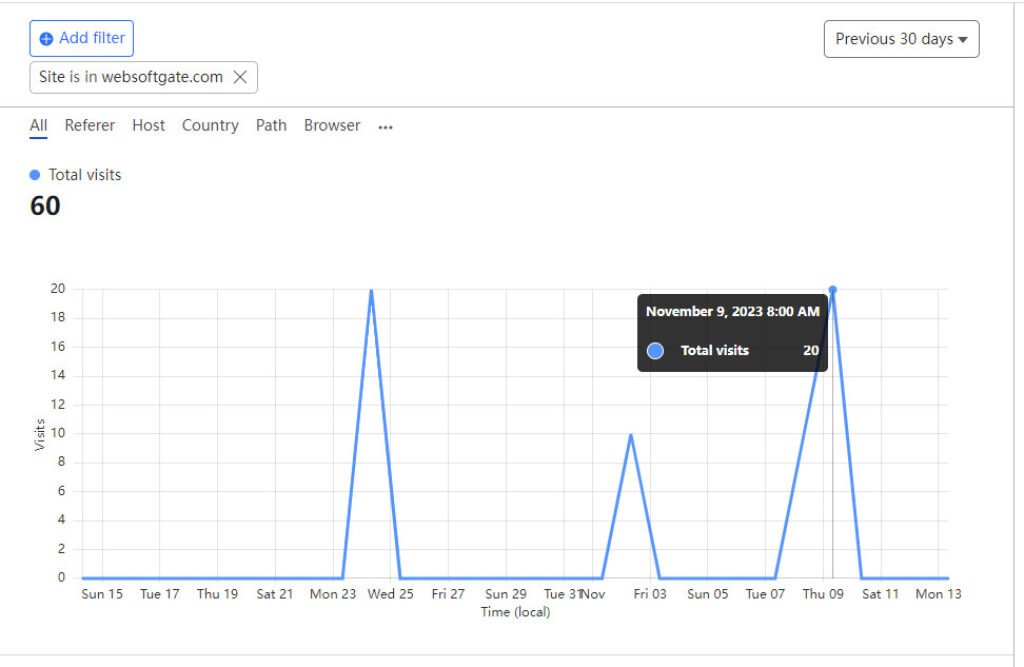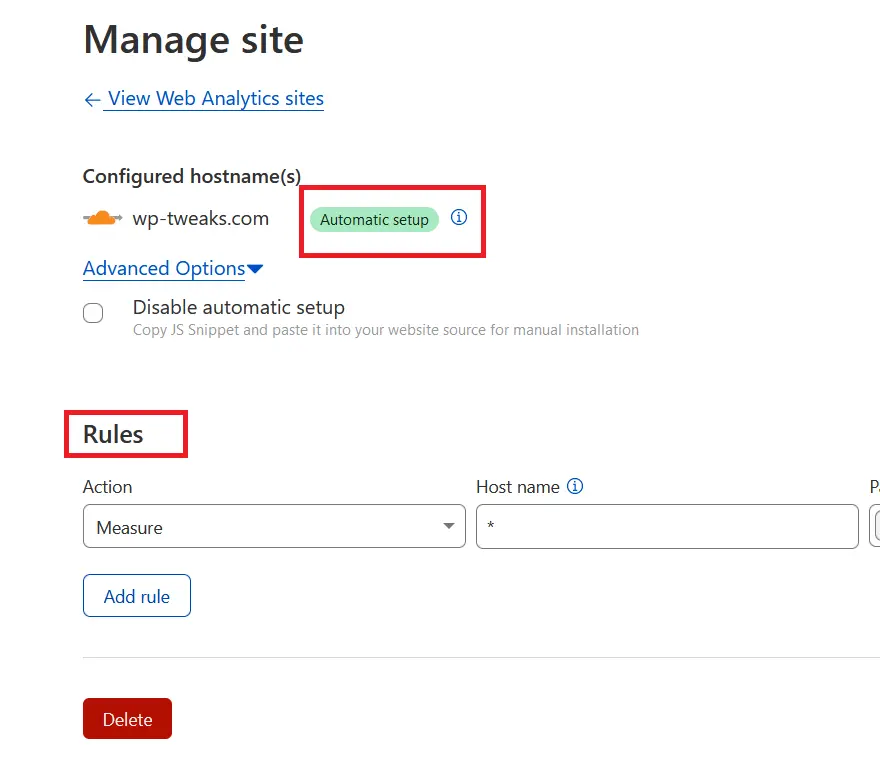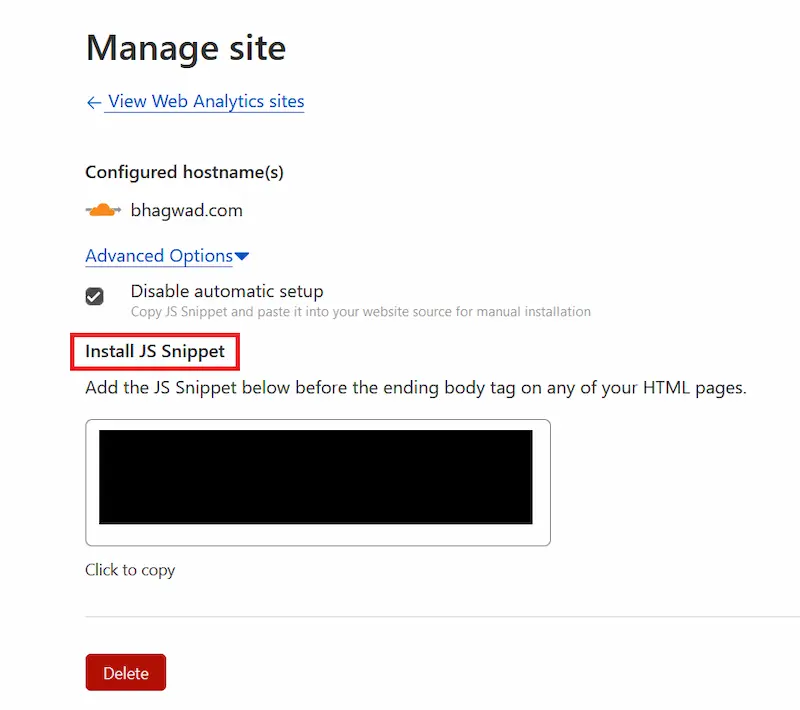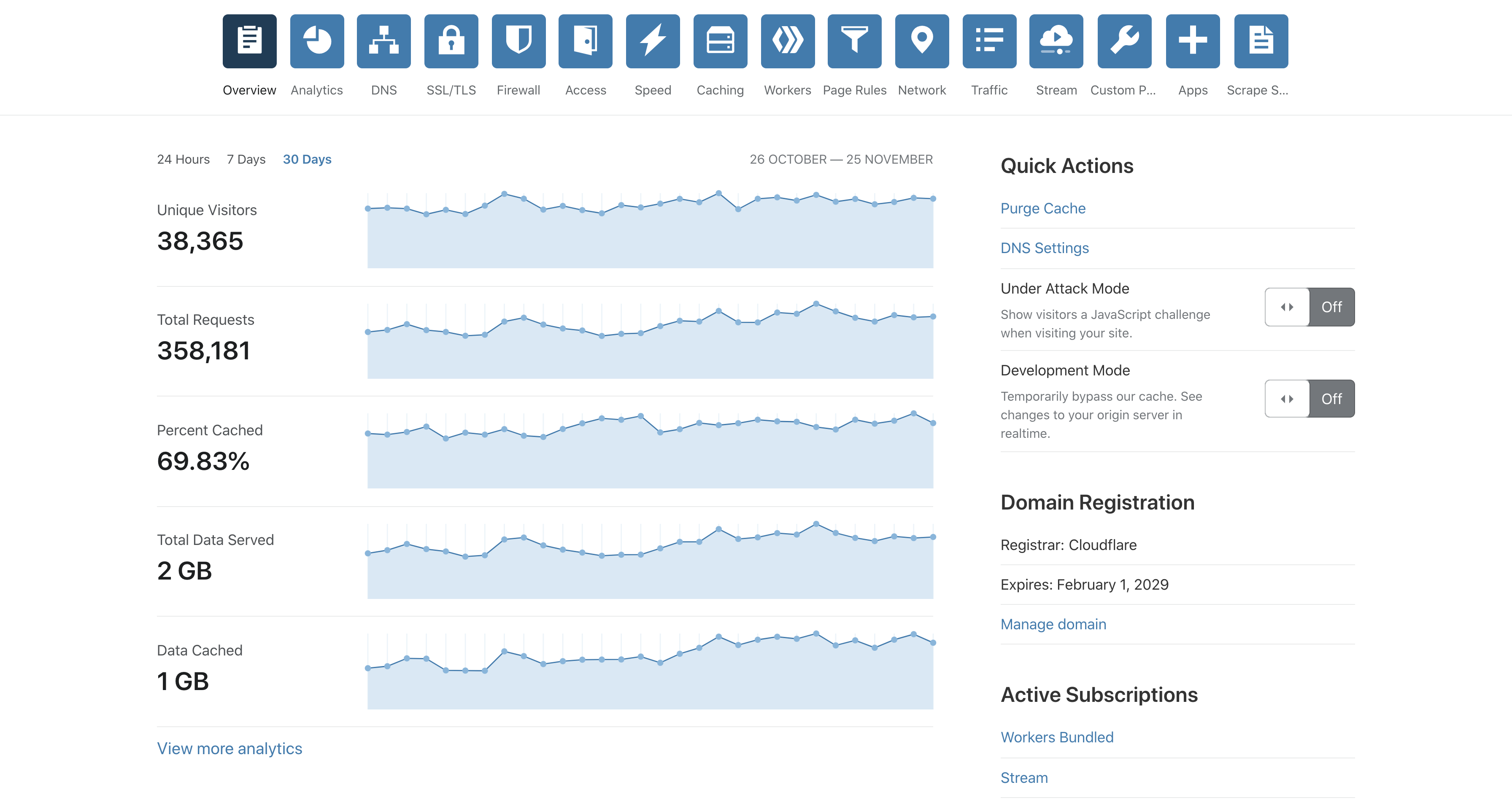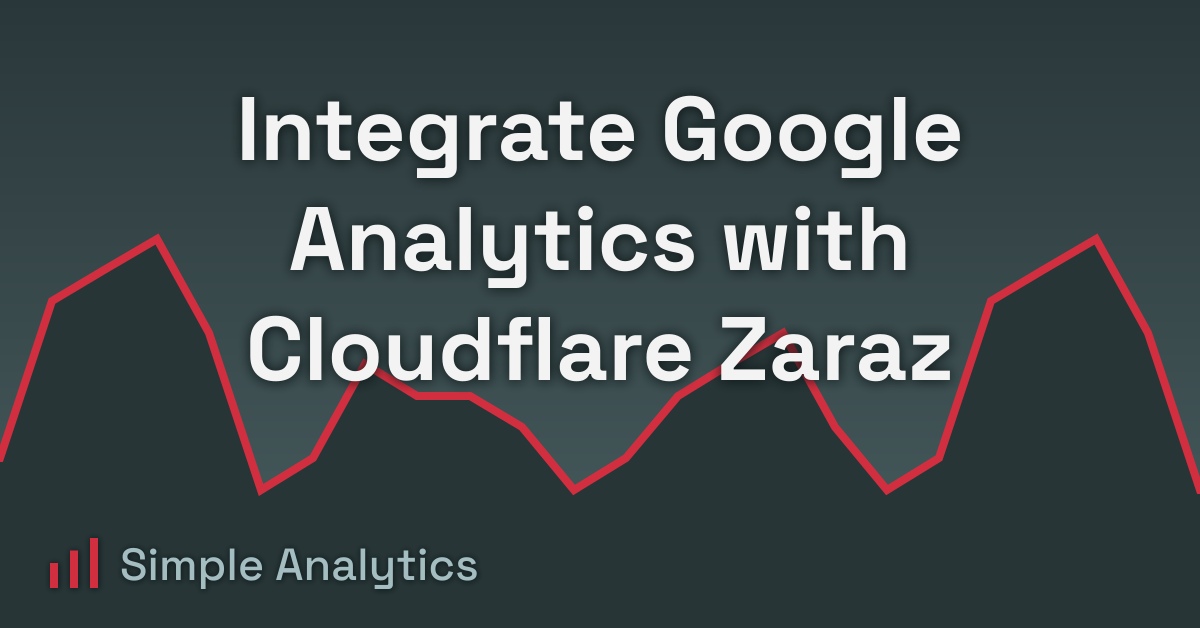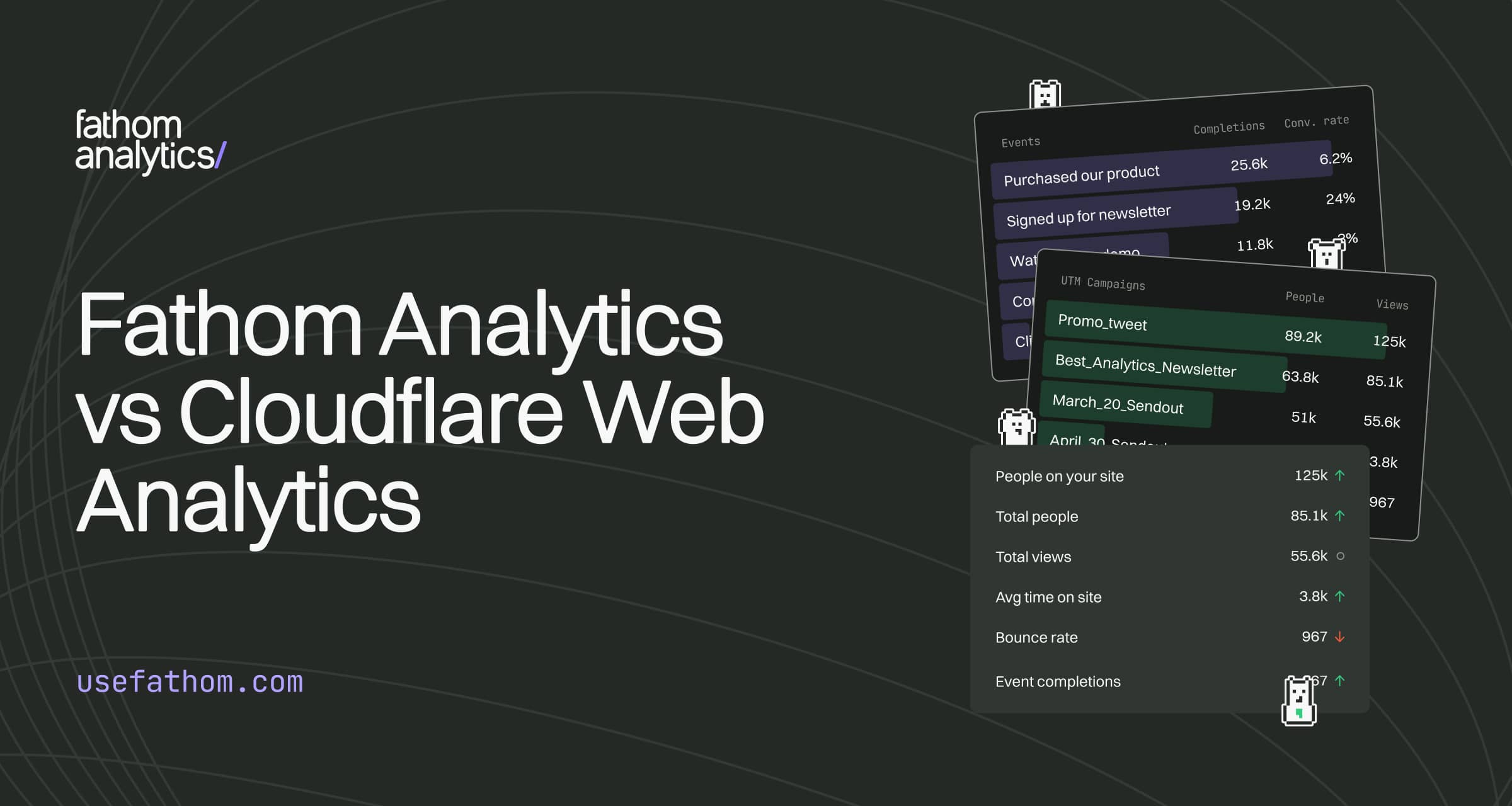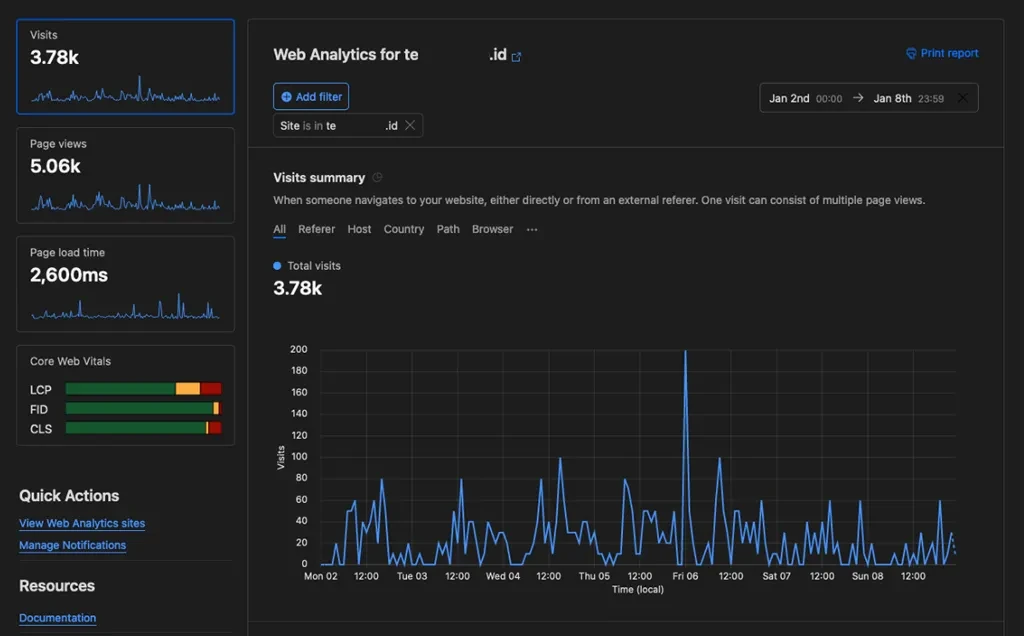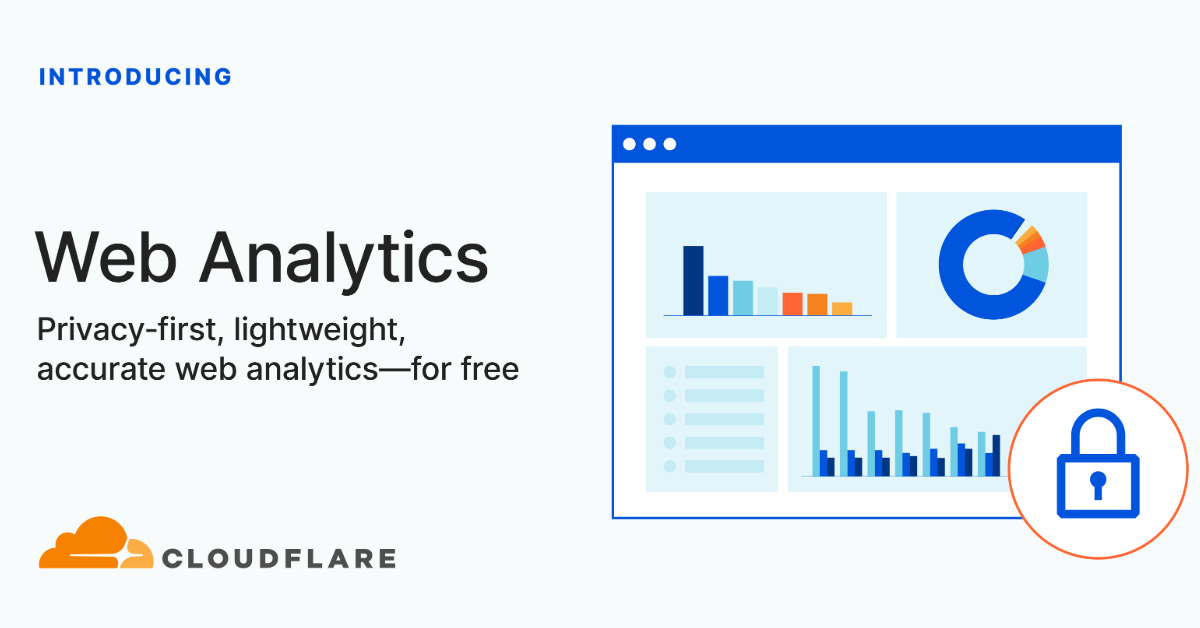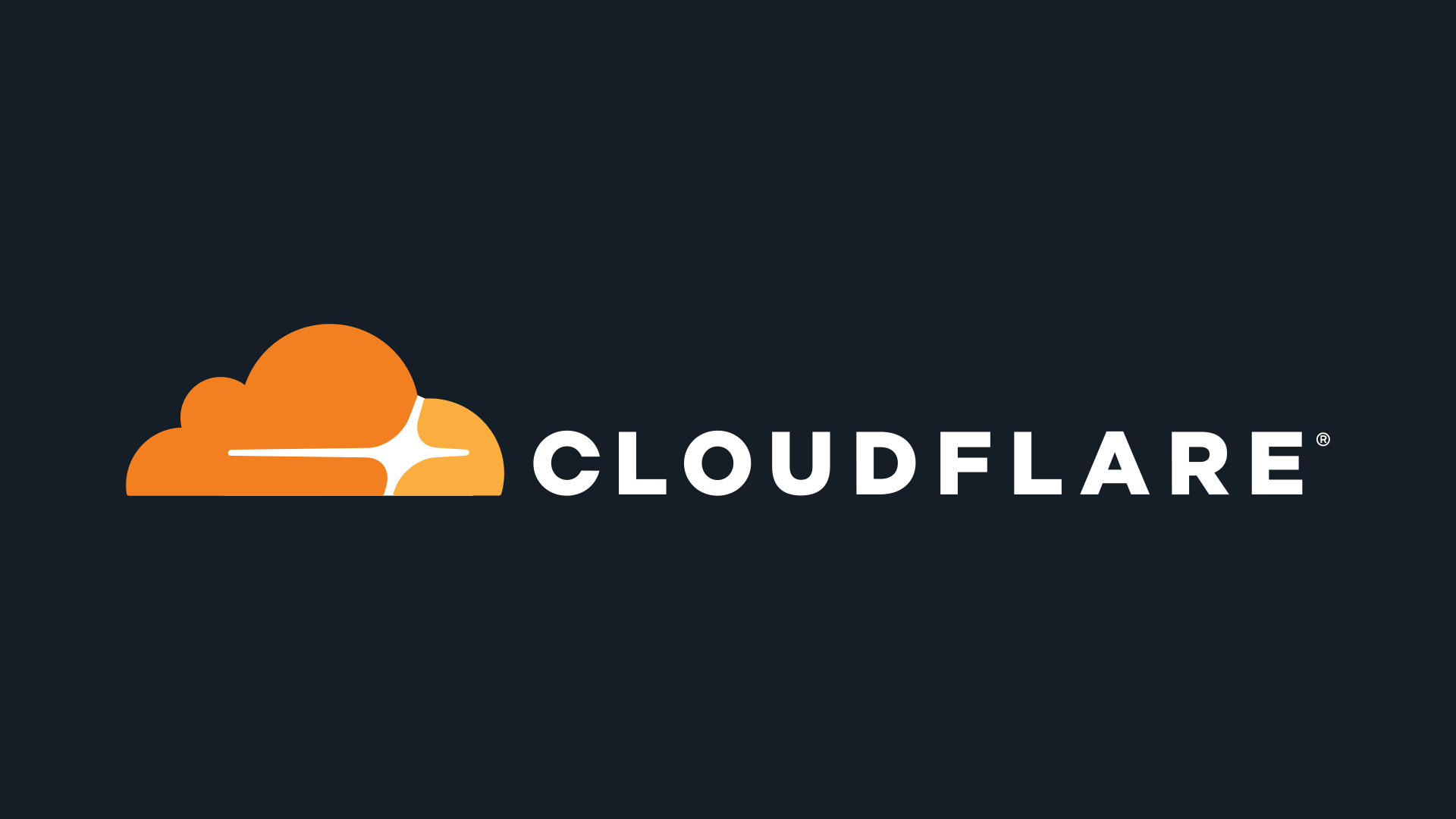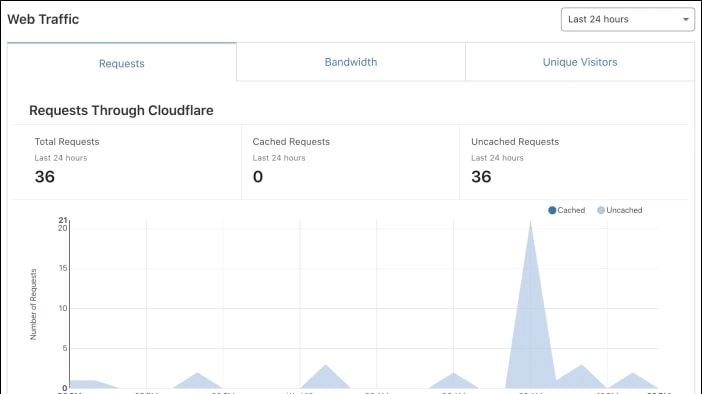Cloudflare Analytics Vs Google Analytics
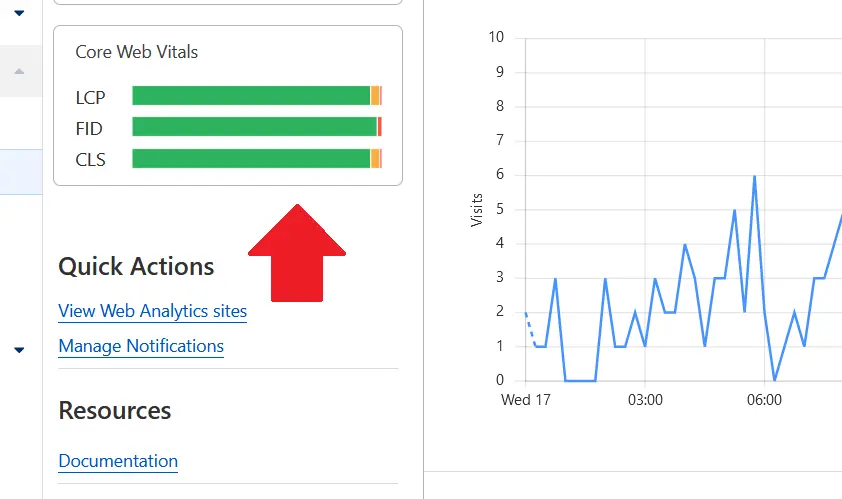
Website owners face a critical decision: which analytics platform reigns supreme? The battle between Cloudflare Analytics and Google Analytics is intensifying, impacting how businesses understand and optimize their online presence.
This article dissects the core differences, revealing crucial insights for making informed choices. We explore the who, what, where, when, why, and how, focusing on clarity and immediate application.
Data Collection and Privacy
Cloudflare Analytics emphasizes privacy-first data collection. It gathers metrics directly from Cloudflare's edge network, requiring no client-side JavaScript and minimizing reliance on browser cookies.
This server-side approach promises faster loading times and improved user experience, especially crucial in a mobile-first world. Users can bypass the consent request for cookies.
Google Analytics, on the other hand, uses JavaScript tags embedded in website pages. This method collects a broader range of user data, including demographics, interests, and behavior flows.
However, this data collection practices have faced increased scrutiny regarding user privacy. Recent rulings from GDPR and CCPA have affected Google's data processing.
Pricing and Features
A primary difference is pricing. Cloudflare Analytics offers a free tier with basic website analytics, including page views, unique visitors, and bandwidth usage.
Paid plans unlock advanced features such as historical data, bot detection, and detailed performance metrics. These plans often come at competitive pricing compared to Google Analytics 360.
Google Analytics provides a free version with a robust set of features. However, Google Analytics 360, the enterprise version, comes with a hefty price tag.
Reporting and Interface
Cloudflare Analytics provides a simple and streamlined interface. The dashboard focuses on core metrics, making it easy to identify performance bottlenecks and track website traffic.
Google Analytics boasts a complex and customizable reporting interface. It offers a wealth of data visualization tools, allowing users to create custom reports and analyze user behavior.
Choosing the right tool depends on the specific needs of the business. Smaller websites may prefer Cloudflare for its simplicity, while larger enterprises might benefit from Google Analytics' depth.
Accuracy and Sampling
Cloudflare Analytics claims near-perfect accuracy due to its server-side data collection. It avoids the issues of data sampling that can occur with JavaScript-based analytics tools.
This leads to more reliable insights, especially for websites with high traffic volume. Website owners can gain real insights from all the traffic going to their websites.
Google Analytics uses data sampling in its free version for high-traffic websites. This can lead to inaccuracies, especially when analyzing long time frames or segments.
The Verdict: Choose Wisely
The choice between Cloudflare Analytics and Google Analytics depends on individual needs. Prioritize privacy, speed, and simplicity, Cloudflare Analytics is an excellent choice.
When data depth, customization, and integration with other Google services are essential, Google Analytics remains a strong contender. Consider your budget and technical expertise as well.
Ultimately, many businesses implement both solutions to leverage their unique strengths, gaining a comprehensive view of their online performance. Monitor trends and adapt your analytics strategy for optimal results.
